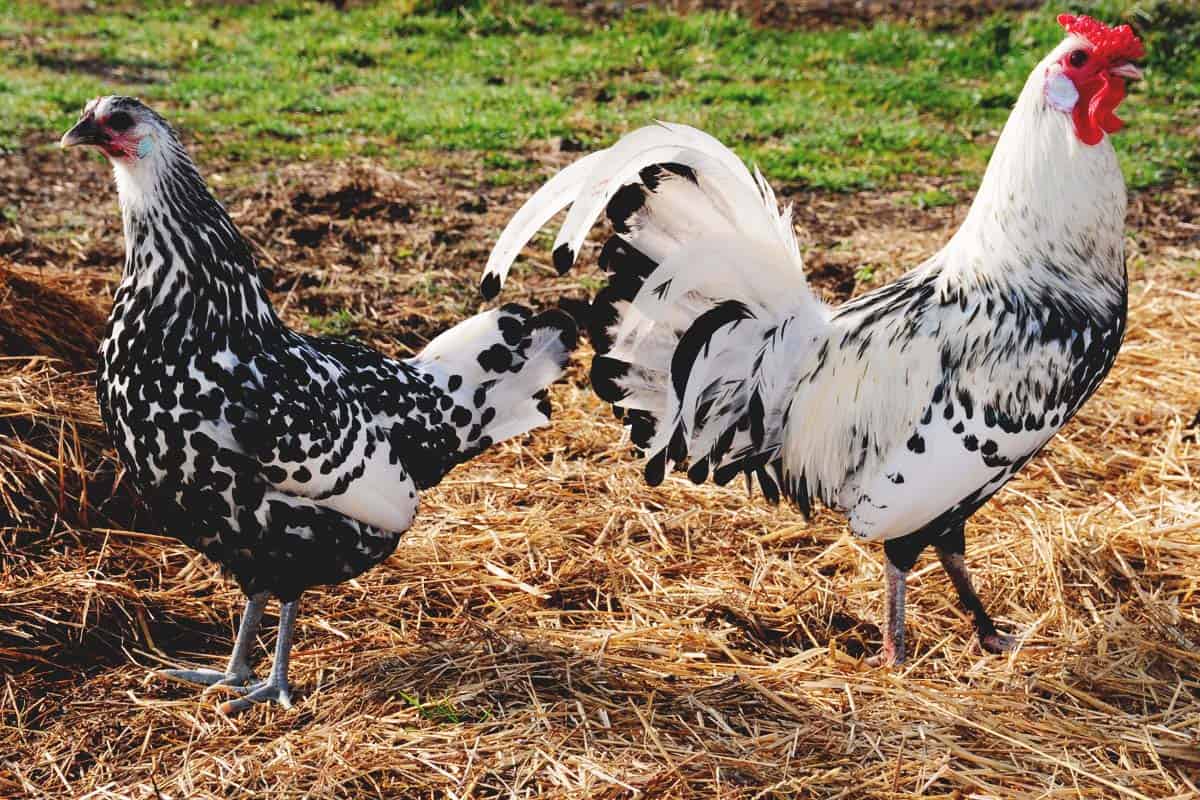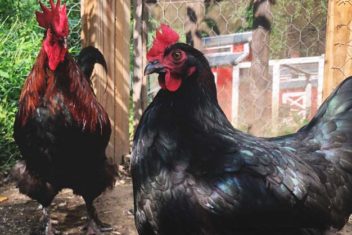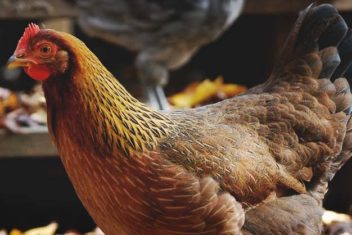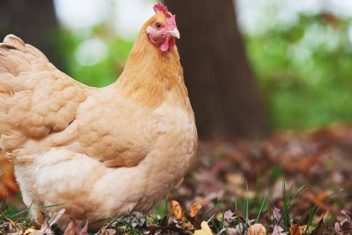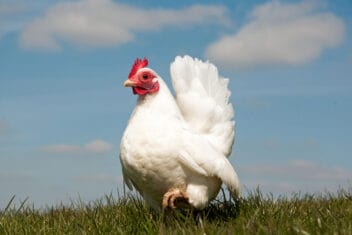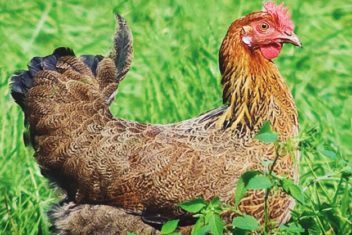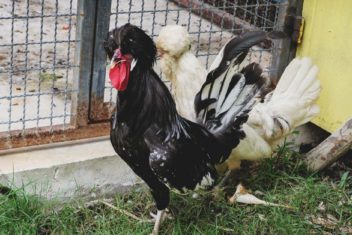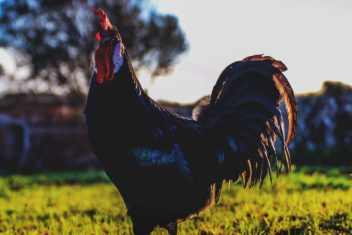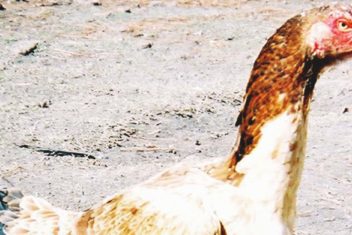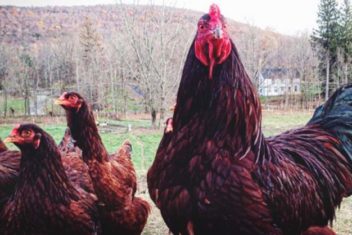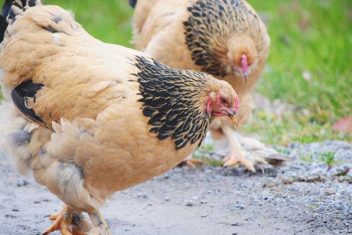Hamburg Chickens are very elegant egg producers, show birds, and free rangers. You won’t find a Hamburg that likes confinement, but they are sure to provide beauty and entertainment as they strut around your homestead.
While this chicken may not be the most practical chicken, every coop needs at least one or two to bring beauty and character to the yard.
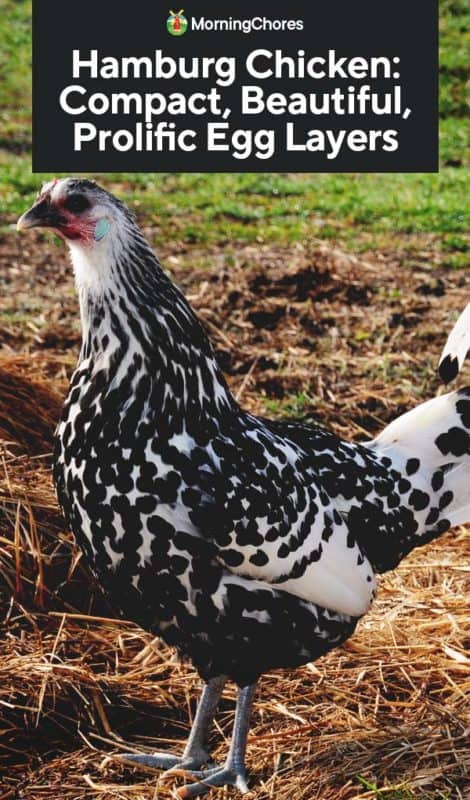
About Hamburg Chickens
No one knows exactly what went into the original Hamburg breeding stock, but it was discovered in Holland in the 1400s.
Dutch breeders took interest in these birds and created the Silver Pencilled and the Gold Pencilled Hamburgs.
Sometime before 1785, Hamburgs were imported to England. In England, Black, White, Silver Spangled, and Gold Spangled Hamburgs were bred.
Hamburgs made their way over to America at some point before 1856. All six color varieties were recognized by the American Poultry Association in 1874.
Hamburg Characteristics
1. Size and Weight
Part of what gives Hamburgs their characteristic elegance is their petite size. Hamburg hens only weigh around 4 pounds. Roosters of this breed weigh a little bit more, tipping the scales around 5 pounds when fully grown.
2. Temperament
The friendliness of Hamburgs is largely dependant on their socialization with humans, especially when they’re younger. If left alone, you are more likely to have an elusive bird than a friendly one. Generally, Hamburgs are very active and flighty chickens that just want to free range to their heart’s content.
3. Egg Production
Although eggs from Hamburgs are quite small, they do have impressive production. You can expect about 200 smallish, white eggs from a single hen per year.
One thing that has been noted of these hens is that they mature quickly and begin laying around 4-5 months old. Hamburgs also lay fairly well even as they get older.
4. Meat Production
To counterpoise for excellent egg production, meat production from the Hamburg is nothing to write home about. Hamburgs are such small birds, they wouldn’t make much to eat at all. Another reason Hamburgs were never popular for meat production was their unusually dark bones, which wasn’t appealing for a market bird.
Caring for Hamburgs
1. Feeding and Nutrition
All chicks should be supplied with chick starter from hatch about 12 or 14 weeks of age. When your birds are becoming adults, it’s time to switch them to a good laying feed. Hens need laying feed a few weeks before they actually start laying so their bodies can prepare for the process.
Sometimes supplementary calcium is necessary if your eggshells aren’t strong enough with a laying feed diet. Supplementary calcium can be provided via crushed up eggshells or oyster shells in a separate dish.
2. Housing and Fencing
Your coop needs to be watertight and predator-proof for the safety of your flock. Inside your cozy coop, 3-4 square feet per chicken is ideal to ensure everyone has plenty of room.
Attempting to contain Hamburgs in a run isn’t recommended. Hamburgs are wild and free chickens that simply do best when left to their own devices on a farm. This is a breed that does very well eluding predators due to their alert and flighty personalities.
3. Health Issues and Care
There are no specific health issues other than the ones that can affect just about any chicken. Hamburgs are generally strong and robust chickens, just keep an eye on your flock so you can catch any potential illnesses before they take root and cause a major problem.
Look out for internal and external parasites such as mites, lice, and worms. These parasites can especially harm small chickens with less blood and body weight. Treat any parasites the moment they are discovered to avoid further damage.
4. Breeding
Breeding gorgeous birds such as Hamburgs will certainly give you something to brag about. These birds are arguably some of the prettiest chickens out there and you’ll love having chicks to raise and more stock on your farm.
One thing that makes Hamburgs convenient to breed is their light eggshell, which is easy to candle during incubation.
Breed Alternatives
1. Lakenvelder
The Lakenvelder is a small chicken similar to the Hamburg with roughly the same origins as Hamburgs. Lakenvelders do have slightly lower egg production than Hamburgs by about 50 eggs per year. Lakenvelders are not quite as eye-catching as a Hamburg, but they are also beautiful birds.
Did You Know?
Allegedly, the first poultry show was held in a pub with a copper pot as the prize. The birds in this small show were…Hamburgs! For this particular show, winning birds were chosen solely on physical appearance.
No matter if you want a show bird, a lawn ornament, or a small white egg producer, Hamburgs are your breed. You’re certain to fall in love with this chicken and it will quickly become a staple to your flock.
